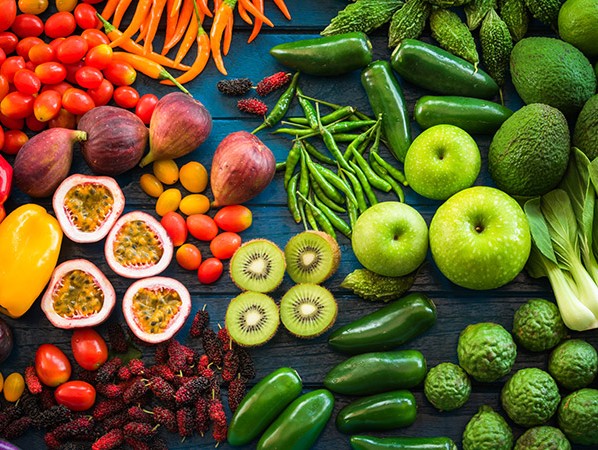
The number of fruit and vegetable products that contain more crop protection agents than legally permitted has continued to decline. In the period from 2003 to 2010 there was already a decrease. This decline continued between 2013 and 2017. This is apparent from an interim evaluation of the Dutch crop protection policy. In this evaluation, the RIVM National Institute for Public Health and the Environment looked at the extent to which it has been possible to maintain food safety at the current level.
Plant protection products protect agricultural crops against pests and diseases. Residues of crop protection products may remain on fruit and vegetables. The maximum amount of residue that may be left behind is laid down in the law.
The number of products from abroad that contained too many crop protection products decreased between 2013 and 2017. The low number of products from the Netherlands remained the same as in 2010. Products from outside the European Union also show fewer overruns, but this development is not yet stable. Attention for this remains necessary. The Netherlands Food and Consumer Product Safety Authority (NVWA) therefore focuses its national control plan more on these products. This plan describes the official control of plant products for the presence of residues of crop protection products.
As in 2009, people are still concerned about the presence of residues of crop protection products on products. Good communication on this subject therefore remains important.
This study concerns the Food Safety section of the interim evaluation of the memorandum 'Healthy growth, sustainable harvest' by the Netherlands Environmental Assessment Agency (PBL). To this end, RIVM collaborated with the NVWA, Wageningen Food Safety Research and the Nutrition Centre. RIVM has also evaluated the Environmental Quality section of this memorandum.
Source: © RIVM